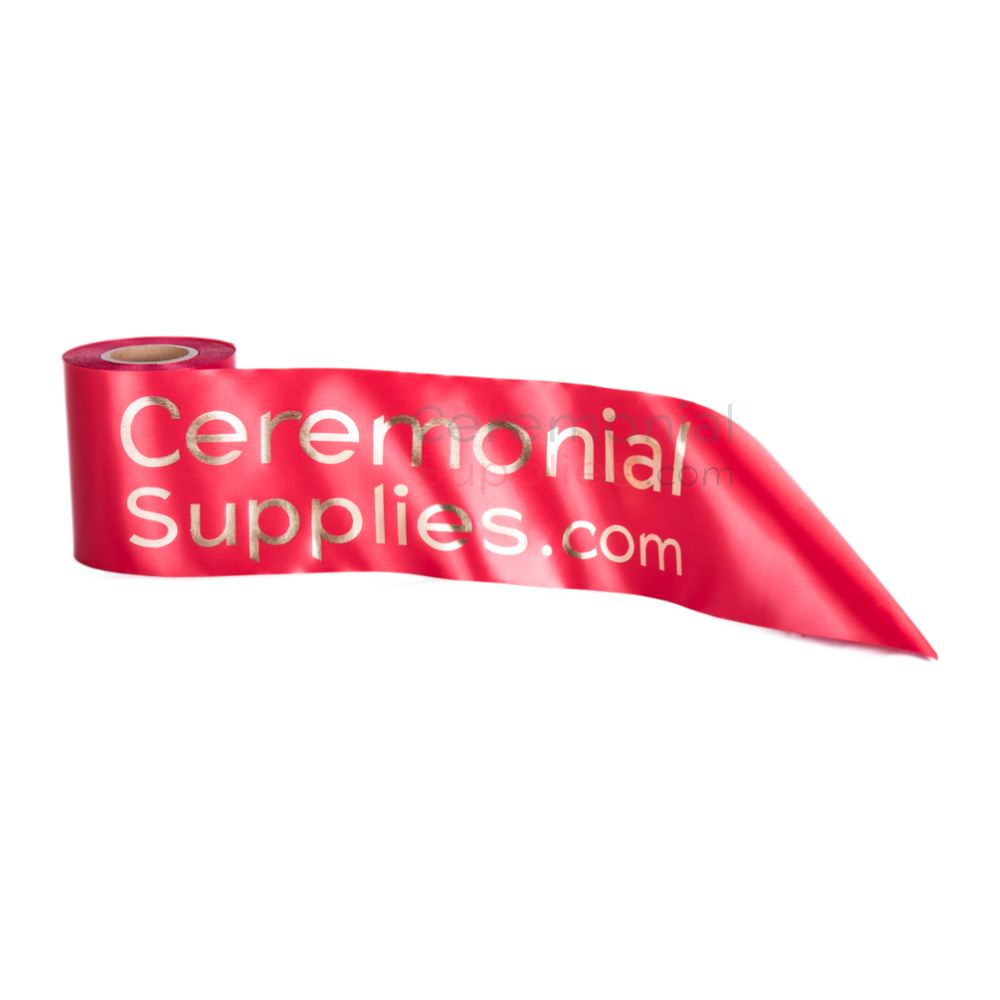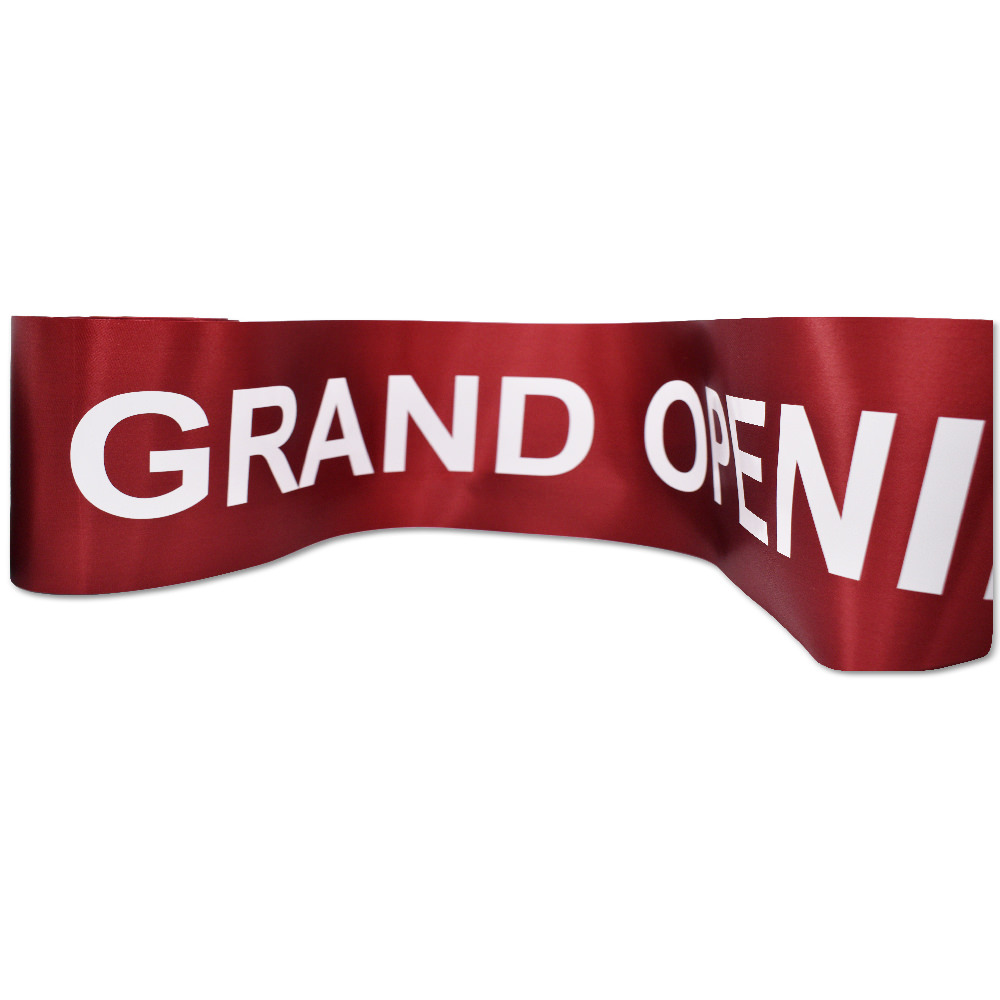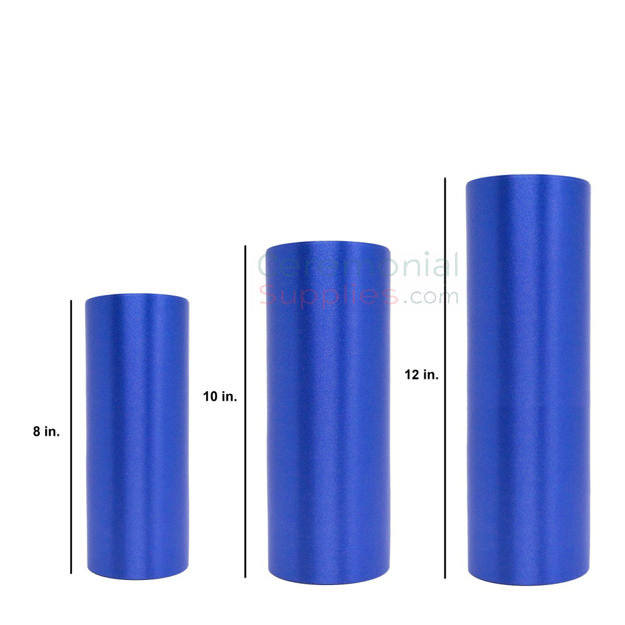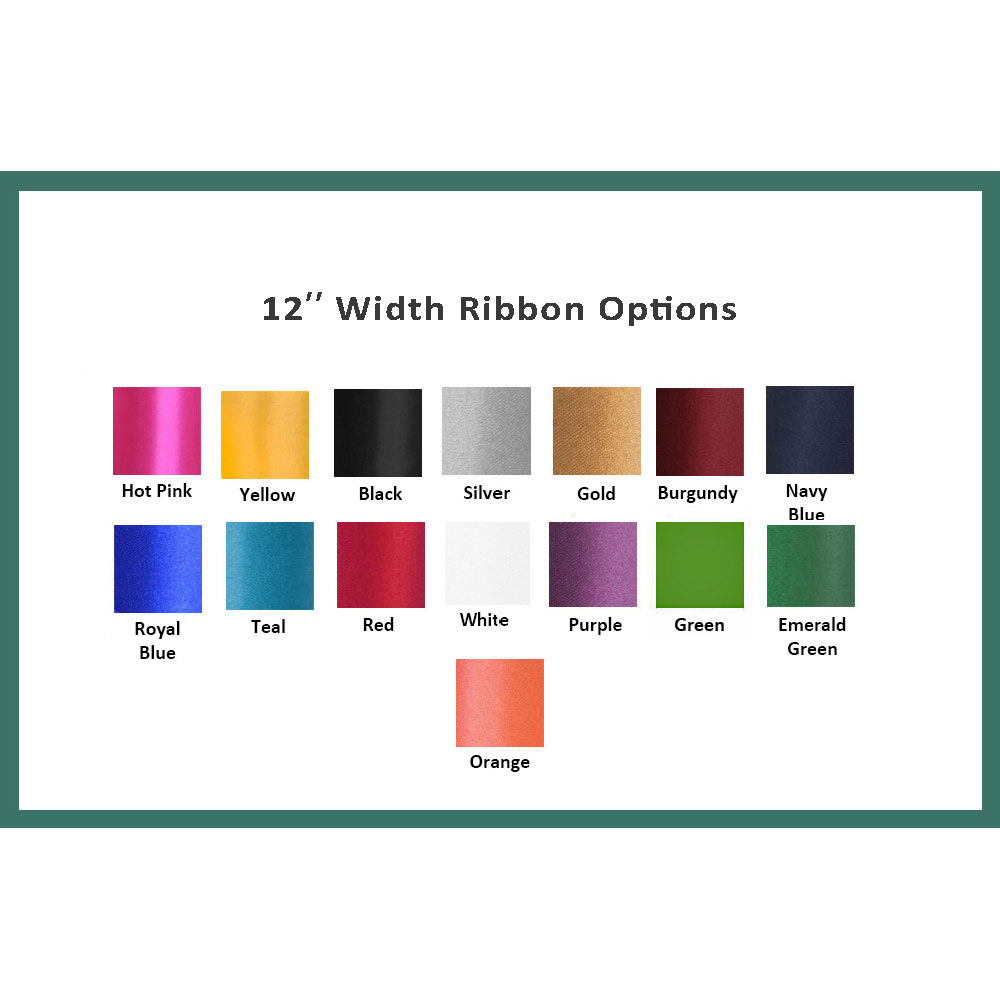A monumental event took place in Paris, on August 10, 1793 in the midst of much pomp and ceremonial ribbons adorning the Grand Opening of the L'ouvre Museum in Paris, when people entered the palace for the first time, to view masterpieces of art! The grand opening of the L'ouvre Museum marked the culmination of centuries of cultural evolution, and the birth of a new era in the appreciation and dissemination of art. The event represented not just a way to create a public institution dedicated to the preservation and exhibition of the world’s artistic treasures it also gave access to the common people to view world masterpieces they would have not otherwise. CeremonialSupplies.com, the best online shop catering to event planners and organizers for groundbreaking ceremonies, grand openings and ribbon-cutting ceremonies, military balls and military functions and events, corporate meetings and conferences, and all other commemorative events is proud to share brief recounts of memorable, noteworthy grand openings from all over the world of which the Grand Opening of the L'ouvre Museum in Paris stands as one the most important grand opening ceremonies that took place in the 18th century.
The L'ouvre Museum in Paris, one of the most renowned cultural institutions in the world, has a rich history that extends far beyond its current role as a repository of art and artifacts. Its origins trace back to the late 12th century, during the reign of King Phillip II of France. Philip II played a significant role in one of the greatest centuries of innovation in construction and in education during the Medieval Period. With Paris as the capital, King Phillip II had the main thoroughfares paved, built a central market; Les Halles, continued the construction begun in 1163 of the Gothic Notre-Dame de Paris Cathedral, and constructed the L'ouvre as a fortress next to the river Seine. Over the centuries, the Louvre underwent several transformations, eventually evolving from a fortress into a royal palace and becoming a residence for French monarchs.

One of the most notable monarchs associated with the Louvre Palace was King Francis I, who reigned from 1515 to 1547. Francis I initiated major architectural projects at the Louvre, commissioning renowned Italian Renaissance artists and architects to redesign and embellish the palace in the fashionable style of the time. King Henry IV (Henri IV), who reigned from 1589 to 1610, also made significant contributions to the development of the Louvre Palace. He commissioned the construction of the Grande Galerie, a vast gallery connecting the Louvre to the nearby Tuileries Palace, which would later become the Louvre Museum's central axis. Another notable monarch associated with the Louvre Palace was King Louis XIV (Louis XIV), known as the "Sun King," who reigned from 1643 to 1715. Louis XIV made the Palace of Versailles his principal residence but continued to use the Louvre for ceremonial purposes and as a symbol of royal authority.

The L'ouvre Palace was not referred to by a specific name during its time as a royal residence. It was simply known as the L'ouvre, deriving its name from the French word "l'ouvré," meaning "the work," in reference to its origins as a medieval fortress. It wasn't until the French Revolution in the late 18th century that the Louvre took on its most transformative role. The decision to repurpose the Louvre into a museum was made by the National Assembly in 1793, declaring the L'ouvre would be opened to the public and serve as a museum, showcasing the nation's artistic and cultural heritage. The primary objective was to make art and knowledge accessible to the common people, symbolizing the revolutionary ideals of liberty, equality, and brotherhood.

Under the direction of the government, the L'ouvre was transformed into the Musée Central des Arts. Its collections initially consisted of artworks confiscated from the nobility and clergy, as well as pieces acquired through military conquests during the Napoleonic Wars. Over time, the museum's collections expanded through acquisitions, donations, and archaeological excavations, establishing the L'ouvre as a preeminent institution for the study and appreciation of art and culture.

At the heart of the Louvre's grand opening ceremony was the unveiling of its inaugural collection, which showcased a diverse array of masterpieces spanning millennia of human creativity. From ancient Egyptian artifacts to Renaissance masterpieces and contemporary works of art, the Louvre's collection embodied the rich tapestry of human civilization, offering visitors a journey through time and space. The grand opening ceremony itself was a spectacle of unprecedented scale and grandeur, befitting the significance of the occasion. Dignitaries, scholars, and artists from across Europe gathered to witness the unveiling of this cultural marvel, as the doors of the Louvre were flung open to the public for the very first time. Giant banners were hung on its luxurious exterior, embroidered with the fleur-de-lis logo in ceremonial giant ribbon red banners, to commemorate the grand occasion.

The grand opening of the 'Louvre Museum was not merely a celebration of art but a testament to the power of culture. In the centuries since its grand opening, the L'ouvre Museum in Paris attracts millions of visitors from around the world each year. Its inaugural ceremony remains a seminal moment in art history, especially now, with the influx of peoples from distant and faraway lands, who may have the passion for the master works displayed at the L'ouvre Museum in Paris.

All grand openings deserve to be memorable occasions, and CeremonialSupplies.com has all the necessary tools to make your dream come true. Our selection of ceremonial ribbons range from lengths and sizes of 1.5” width and 100 yards length, 2.5” and 50 yards length ribbons, to standard sizes of 4” wide and 6” wide and 50 yards ribbon, and extra-wide ceremonial ribbon of 8”, 10”, and 12” wide and 50 yards in length. Our extra wide 12” ribbons are a banner-style favorite, when printed vertically, allowing for a number of banners depending on the length of the ribbon. Shop CeremonialSupplies.com for all your printed ceremonial ribbons and all grand opening tools! Click here for a quote.
